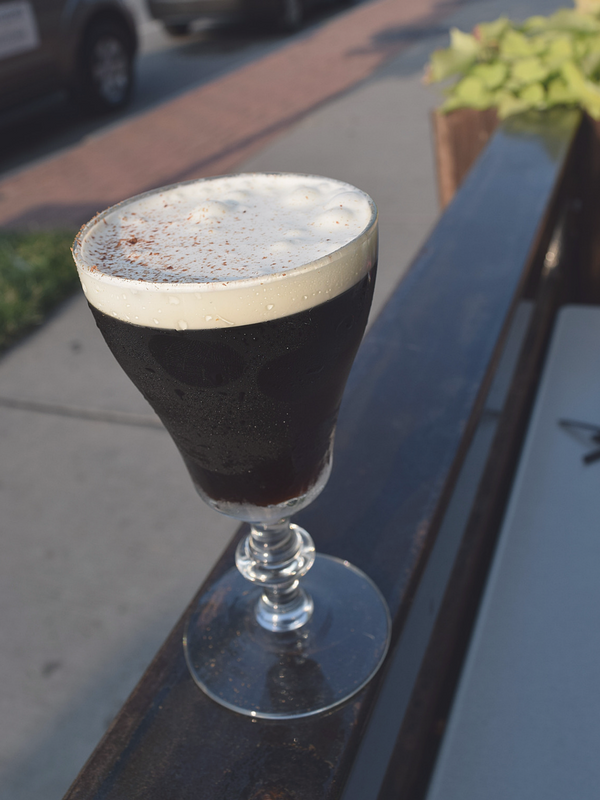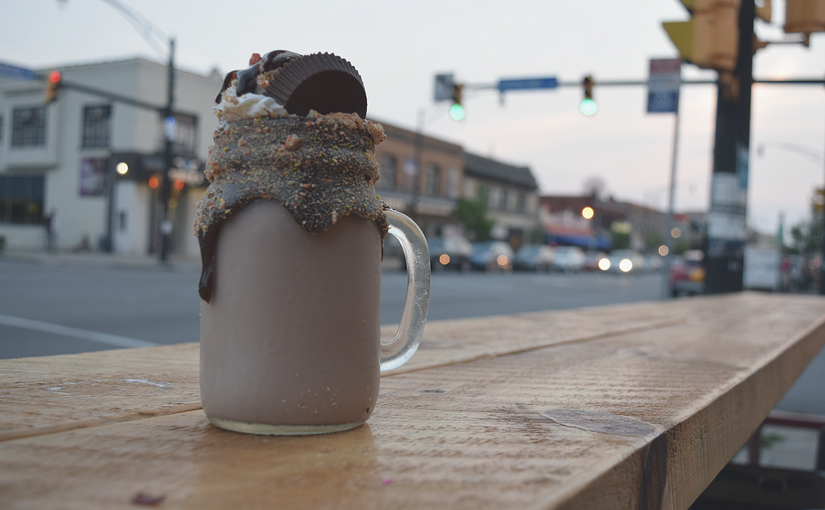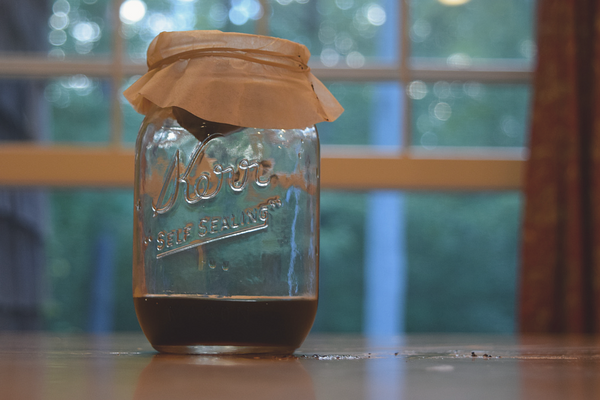Buffalo was once a center for industry and innovation, and as this city moves into the future, it is also remembering that past. Don’t believe me? Then clearly you weren’t a member of the sold out crowd gathered at the Albright Knox to hear Seth Godin speak at the first event in the Buffalo Jewish Federation’s Made in Buffalo speaker series.
I was lucky enough to attend as a guest of Telesco Creative Group, who created some truly amazing deliverables for the series. I really owe the team at Telesco, especially Julia, so much. Not only for the opportunity to attend Seth’s Made in Buffalo event, but for taking a chance on a barely-out-of-college graduate who randomly emailed them and making me feel like a part of Buffalo’s growing creative community.
Seth Godin sees the world differently, and he’s really good at encouraging other people to do the same. Nothing Seth said was new in a “groundbreaking research” kind of way, but everything he shared felt exciting and fresh because of how he said it. Who else would start a marketing presentation at the Albright Knox Art Gallery with pictures of bats? No one. Why pictures of bats? Because bats look like bats, until you turn the pictures upside down, and then they look like the coolest partying animals EVER. Who even thinks like that?!
https://www.instagram.com/p/BTcBd-9jaVL/?taken-by=_gmeadows
Seth does, and for an hour on Thursday night, he made 350 other people think like that too.
Seth’s focus on community, or “tribes,” is reflective not only of his Jewish heritage but of his Buffalo upbringing as well. All around the world, including Buffalo, people are flattening the bell curve. Instead of mass marketing products to the masses, successful companies are innovating products that appeal to smaller groups of people. The proof is in organizations like Instagram, Warby Parker and Chobani (all brands I LOVE, by the way), all making billions of dollars because they don’t need to appeal to everyone. Just a community of people who will become brand champions. Who needs traditional marketing when you have the power of word-of-mouth testimonies? These products and brands are “remarkable,” or “worth making a remark about.”
You can see this phenomenon in Buffalo too, as specialty shops pop up on Main Street, Hertel Ave. and Elmwood Village. Do I stop into the home goods stores? You bet, and I tell other people about them. The punk-rock jewelry shop? Maybe not, but they don’t need me, because they have their own community of brand champions.
Seth calls this take on business the connection revolution, an economy based on coordination, trust, permission, the exchange of ideas, generosity and art. Instead of products made for average people, which led to a “surplus of stuff and a shortage of attention,” there are brands for weird people, focused on interesting change for the better.
This new economy needs us to be fully present, in a way that is hard in today’s society. It needs us to act as if we won’t be judged. It needs us to live by the Italian phrase “salto mortale.” This translates literally as “deadly jump,” but Seth doesn’t want us to die, just take a risk. He’s asking us to put our emotions into our work, to innovate now. Not when we think we’re ready, because we’re never really ready (and it’s “always too soon,” but when we’re prepared.
We can’t do these things alone; we need our tribes of weird people who are just like us. When similar people connect, when they feel special and recognized, they have a power that a mass of average people can’t begin to imagine.
Seth asked us to clap slowly together, which took us around 7.5 seconds, similar to most audiences. It reminded me of something my college ballet professor would have us do: standing in a circle, eyes closed, she asked us to all jump simultaneously. No cheating with heavy breathing or moving around. Just feel each other and jump. It sounds bizarre (and very Ithaca College theater arts) until it works. And then it feels like magic. That’s the power of connected people with something in common.
Seth sums up his focus on connections with this: “People like us do things like this.” This statement is what gives brands like Harley Davidson their power (and revenue). They make millions promoting not products, but a way of life. They tell “people like us” how to “do things like this.” Harley Davidson became the leader of this group of motorcycle misfits.
Buffalo has “people like us” – both as a whole (we are the City of Good Neighbors, in good times and bad), and in our smaller tribes. We need leaders to tell us what to do, how to come together. Seth called on us to be those leaders, in a time when Buffalo is recreating itself as a better version of its past glory.
As Lenard Bernstein said, and Seth reminded us, “I’m no longer quite sure what the question is, but I do know that the answer is yes.”



























